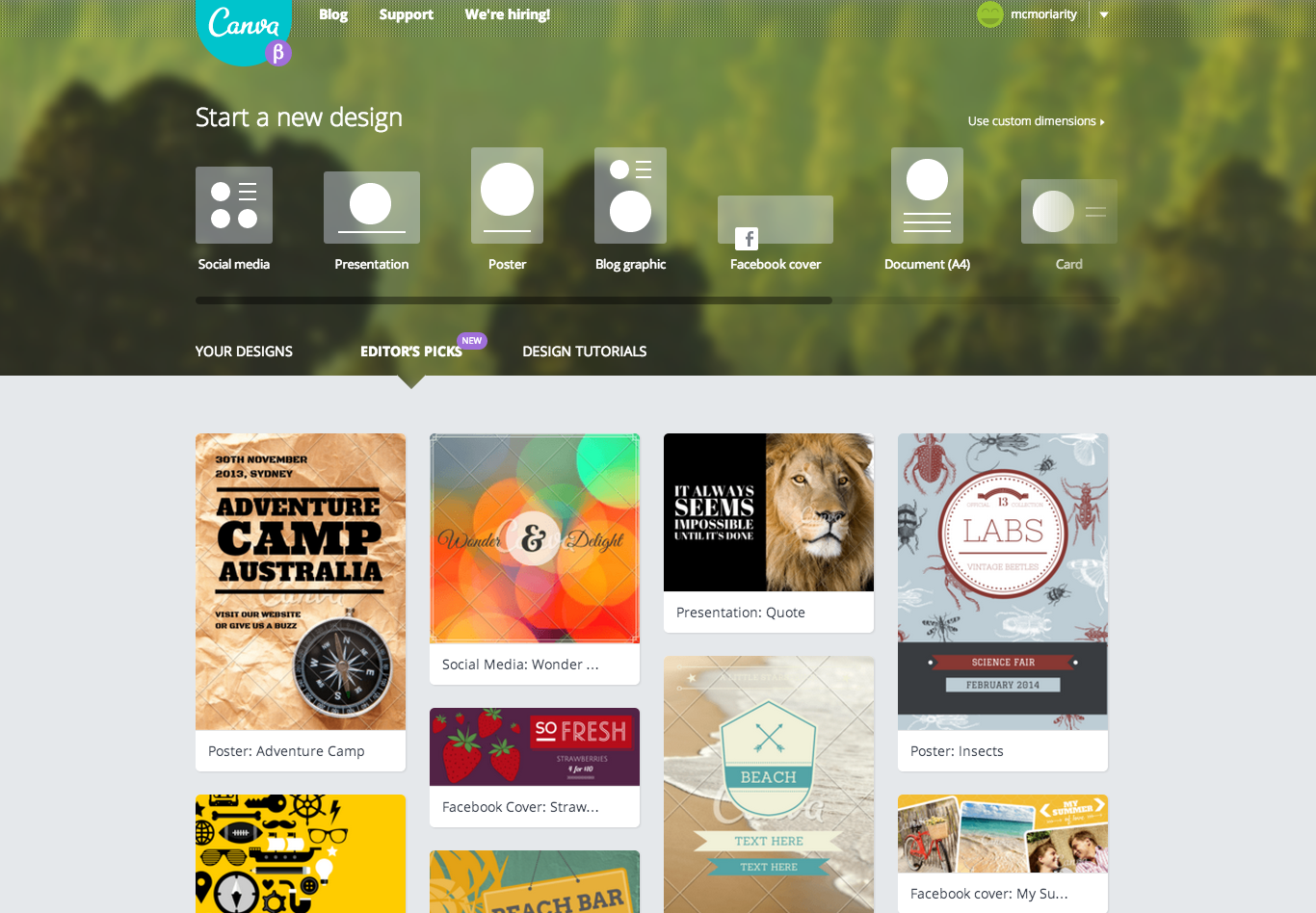This SEO checklist outlines the most important things you should do when starting a new website or performing an SEO Audit.
It covers technical SEO, Keyword Research, On-Page SEO, Link Building and More. Follow these 26 SEO best practices to increase long-term targeted traffic to your website.
TECHNICAL SEO CHECKLIST
- Install Google Analytics. Essential to measure key SEO metrics like website traffic, conversions and revenue. Use Ahrefs to measure keyword ranking and link building (alternatives: Opensite Explorer, Majestic SEO, Semrush)

- Using WordPress? Download the Yoast SEO Plugin. It will make your life 10x easier. Use it to complete many of the Technical and On-Page SEO best practices in one place.
- Verify Your Site in Google Search Console. This free tool allows you to check how the search engines view your site with reports about indexing status, search queries, crawl errors and penalties. To learn more, read this helpful guide.
- Improve Website Performance & Speed. Analyze your site with Google PageSpeed Insights. Aim to score 80+. Speed things up with the free WordPress Plugins: Better Delete Revision, WP Smush and W3 Total Cache [alternative: WP Super Cache].
- Take the Google Mobile-Friendly Test. Your site should deliver a great user experience across all devices. Extra important now that Google’s algorithm favours mobile friendly sites.
KEYWORD RESEARCH PROCESS
- Develop a Buyer Persona: Getting into your customers shoes is the first step to keyword research. Remember, customers are not searching for your site. They are searching for valuable information to solve their problems. Having a buyer persona is a crucial first step to to figuring out what your best customers are typing into Google.
- Keyword Strategy. Aim to target less competitive “body and long tail keywords” that competitors have overlooked. Create content around a portfolio of keywords rather then one single term.
- Brainstorm for Keyword Ideas. Make a copy of this Keyword Research Template. Hack Wikipedia for Topic Ideas and Synonyms. Generate 1000’s of long tail keywords ideas using 3 automated tools: Google Autocomplete, Ubersuggest & Keyword Shitter [all free].Discover untapped keywords and topics using Quora.

- Narrow Down Your Keyword List: Use search volume data from Keyword Everywhere Extension or Google Keyword Planner to cut down the list. Be sure to consider commercial intent using Cost-per-click (CPC) figures as a guide.
- Choose Target Keywords: Once you have a list of possible keywords & phrases, start by reviewing the first page of Google for each keyword. Look to see if there are well established sites with high quality content. Then, use data from the MOZ SEO Toolbar to see the authority and number of links competitors have. Eliminate overly competitive keywords and focus on keywords you actually have a chance to rank for. Your chosen keywords will be the centerpieces of your content.
ON-PAGE SEO CHECKLIST
- Pick One Keyword Per Page. You’ll generally want to start with lower-volume keywords.
- Write Title Tags Search Engines Love. Every page of your website should have unique title tag, preferably starting with a relevant keyword. Include modifiers like “best”, “2016” etc. to stand out and to pick up long tail searches. Keep title tags 55 characters or less or they’ll appear truncated in search results.
- Follow Best Practices for URL’s. Use short and sweet URLs that include your target keyword. e.g. www.yourdomain.com/target-keyword. Avoid numbered urls like www.yourdomain.com/p=123. Always-use-hyphens-in-urls. Never_use_underscores_in_urls.
- Skyrocket Click-through Rate with Meta Descriptions. Highlight the benefit of your post or product compared to competitors who already appear in the search results. Keep meta descriptions 160 characters or less or they’ll appear truncated in search results.
- Optimize for the Google Image Search Results. Create with Canva. Include target keyword in the filename and add keyword-rich alt text to images when uploading.

- Reduce Bounce Rates. Make the topic clear by including your target keyword in the first 100 words of your article.
- Give Your SEO a Boost with Heading Tags: Include your keyword once in an H2 or H3 subheading.
- Include Outbound Links. At least 2 outbound links to authority sites (popular blogs, news sites and .edu and .gov resources) in every piece of content that you publish.
- Add Internal links. 2-3 internal links to older articles when you publish a new one.
- Publish Longer Content. At least 300 words. 1500 words for competitive keywords.
- Use Prominent Social Sharing Buttons. Make sure your social sharing buttons are front and centre on blog posts and articles. Use DiggDigg WordPress plugin.
- Double-check everything. Once you’re live with an SEO Audit Tool.
LINK BUILDING
- Link Building Strategy. Not all backlinks are created equal. Your goal should be to earn quality “do follow” back links from high ranking pages in your niche. Earn these naturally by creating (and promoting!) content worth linking to.
- Analyze Your Competitor’s Backlinks, Rankings & Traffic. This is the easiest way to get started with link building. Look at each of Top 10 search results for your target keyword, views link for each page using the MOZ SEO Toolbar. Focus on their “Inbound Links” from “Only External” sources to see who has linked to them. You can also use Ahrefs, Majestic SEO & SimilarWeb to uncover competitors marketing strategies you can replicate.
- Maximise Links for Your SEO Campaigns. Find authoritative links in the tools above and reach out to those sources to pitch your latest blog post or product. Expect 5% response rate from these cold emails. You can also search for existing non-linked content using Mention or Buzzsumo. Contact the owner or author of the piece and ask them to kindly link back to you if possible.
- Create Content That Generates Links & Social Shares on Autopilot
- Model Successful Content. Use Buzzsumo to find proven content ideas & formats.
- Put Together Best of Lists. e.g. Top 1o Lists
- Crowdsource Content. e.g. 7 Experts On Why Building Your Email is So Important
- Publish Survey Results. e.g. SEO Pricing: 600+ Agencies Share Costs & Pricing Model
- Create Infographics. e.g. Noob Guide to Online Marketing. Tools: Piktochart, Infogram, Canva.
Bonus Tip #1: Leverage the high domain authority of other websites to quickly get to the top of the search results: Guest Posting, YouTube, Slideshare, Udemy, Quora & more. Publish your content on these sites and drive traffic back to your website.
Bonus Tip #2: Local SEO. If you have a business with a physical location check out these additional tips to bring your local business to the top of the search results.
NEXT STEPS…
Increase your search engine traffic by following the steps outlined above. Ask questions & get feedback on your work inside the course.
Source: CompleteDigitalMarketingCourse.com




